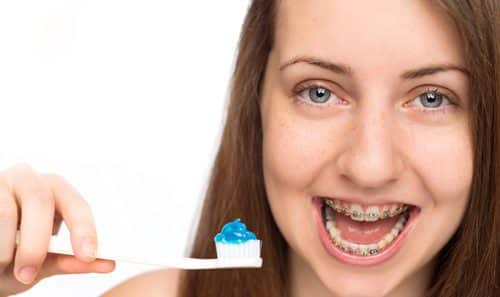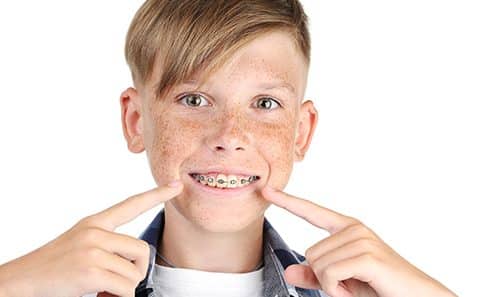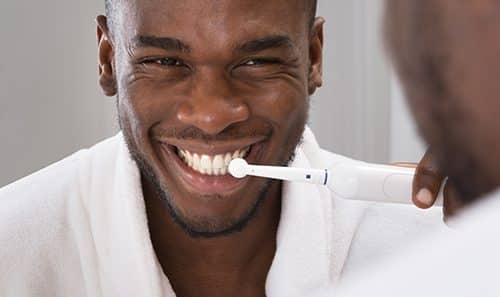
Adjusting Your Diet after a Braces Adjustment
We all welcome the idea of braces adjustments at our Stoney Creek office—an adjustment, after all,…

Protecting Your Smile with Mouthguards
If you participate in sports or other physical activities, it’s wise to consider getting a mouthguard….

What makes teeth crooked?
Dr. Nicola Crichigno and our team hear this question a lot. Some of the common reasons…

My teeth don’t line up any more. Why?
If your teeth don’t line up like they used to any more, you may be suffering…

Brushing with Braces: How to Keep a Clean Mouth
A clean mouth is a happy mouth. And when Dr. Nicola Crichigno and our staff see…

Braces-Friendly School Lunches
If your pre-teen or teenager is home for the summer, it’s easy to provide braces-friendly lunch…

Orthodontics: From Tooth Fairy to Retainer
You might be surprised to learn that Dr. Nicola Crichigno and our team recommend an orthodontic…

Take Me Out to the Ball Game
You’re going to the game! And no matter which sport you follow, there’s so much to…

Electric Toothbrushes vs. Regular Toothbrushes
Convertible or sedan? Downtown or suburbs? Electric or manual toothbrush? As life decisions go, it’s certainly…

June is National Dairy Month!
People have known for a long time that including dairy in their diets can help maintain…


